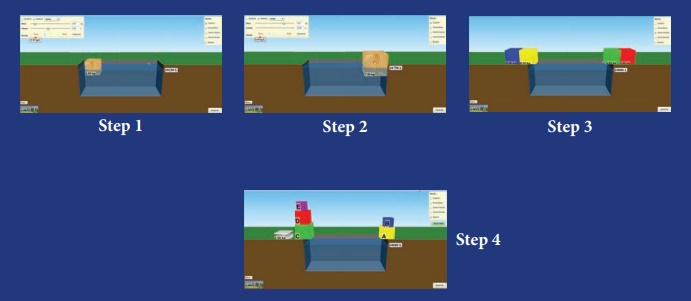Measurement | Term 1 Unit 1 | 7th Science - Points to remember | 7th Science : Term 1 Unit 1 : Measurement
Chapter: 7th Science : Term 1 Unit 1 : Measurement
Points to remember
Points to remember:
* A set of physical quantities which
cannot be expressed in terms of any other quantities are known as “Fundamental
quantities”. Their corresponding units are called “Fundamental units”.
* The physical quantities which can
be obtained by mathematically combining (i.e., multiplying and dividing) the
fundamental quantities are known as “Derived quantities”. Their corresponding
units are called “Derived units”.
* The area of a figure is the region
covered by the boundary of the figure. Its SI unit is square metre or m2.
* The area of irregularly shaped
figures can be calculated with the help of a graph sheet.
* The amount of space occupied by a
three dimensional object is known as its volume. The SI unit of volume is cubic
metre or m3.
* The volume of liquids are
expressed in terms of litre. One litre = 1000 cc.
* The maximum volume of a liquid
that a container can bold is known as the capacity of the container.
* Density of a substance is defined
as the mass of the substance contained in unit volume (1 m3).
* SI unit of density is kg/m3.
The CGS unit of density is g/cm3. 1g/cm3 = 103
kg/m3.
* The materials with higher density
are called “denser” and the materials with lower density are called “rarer”.
* If the density of a solid is
higher than that of a liquid, it sinks in that liquid. If the density of a
solid is lower than that of a liquid, it floats in that liquid.
* Density = Mass / Volume
* Mass = Density × Volume
* Volume = Mass / Density
* One astronomical unit is defined
as the average distance between the earth and the sun. 1 AU = 149.6 × 106
km = 1.496 × 1011 m.
* One light year is defined as the
distance travelled by light in vacuum during the period of one year. 1 Light
year = 9.46 × 1015 m.
ICT CORNER
Measurement
Let’s know about the effects ofmass
and volume on density.

PROCEDURE :
Step 1: Use the URL or scan the QR
code to open the activity page.
Step 2: Select the options at top
right side window to customize
Step 3: Move the sliders on the top
left-side window to change the Material and Mass, Volume. Now see the effects
of mass and volume on density.
Step 4: Click ‘Reset all’ button to
refresh

Measurement URL:
https://phet.colorado.edu/en/simulation/density
(or) scan the QR Code
*Pictures are indicative only
*If browser requires, allow Flash Player or Java Script to load the page.
Related Topics